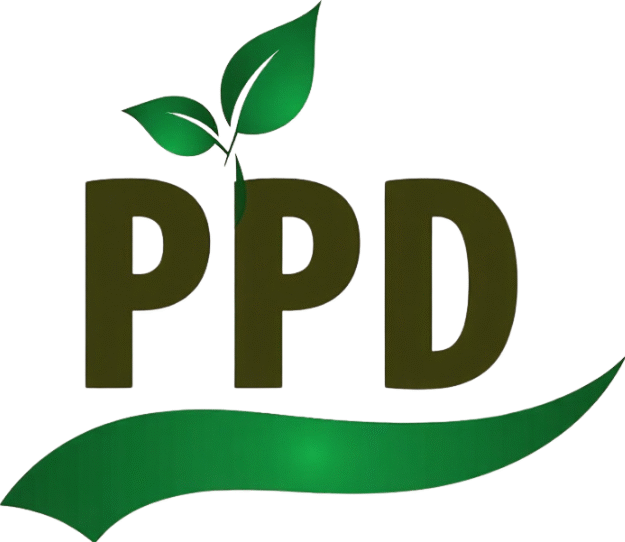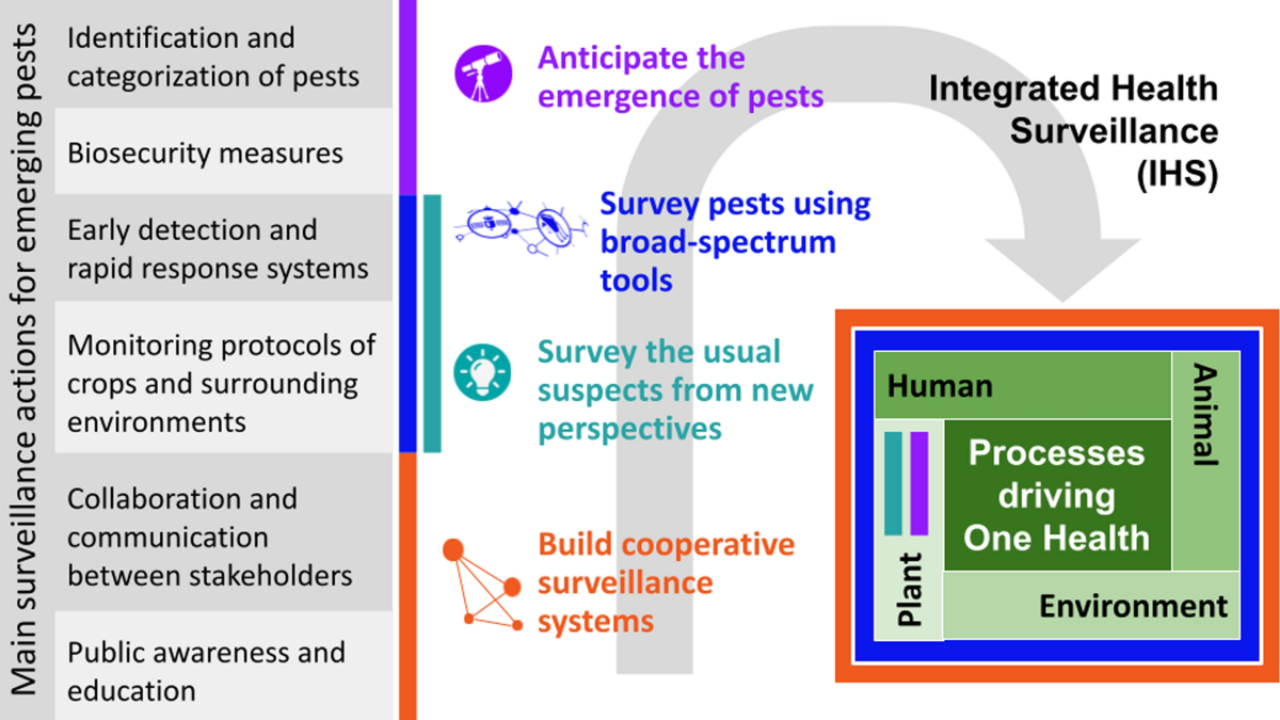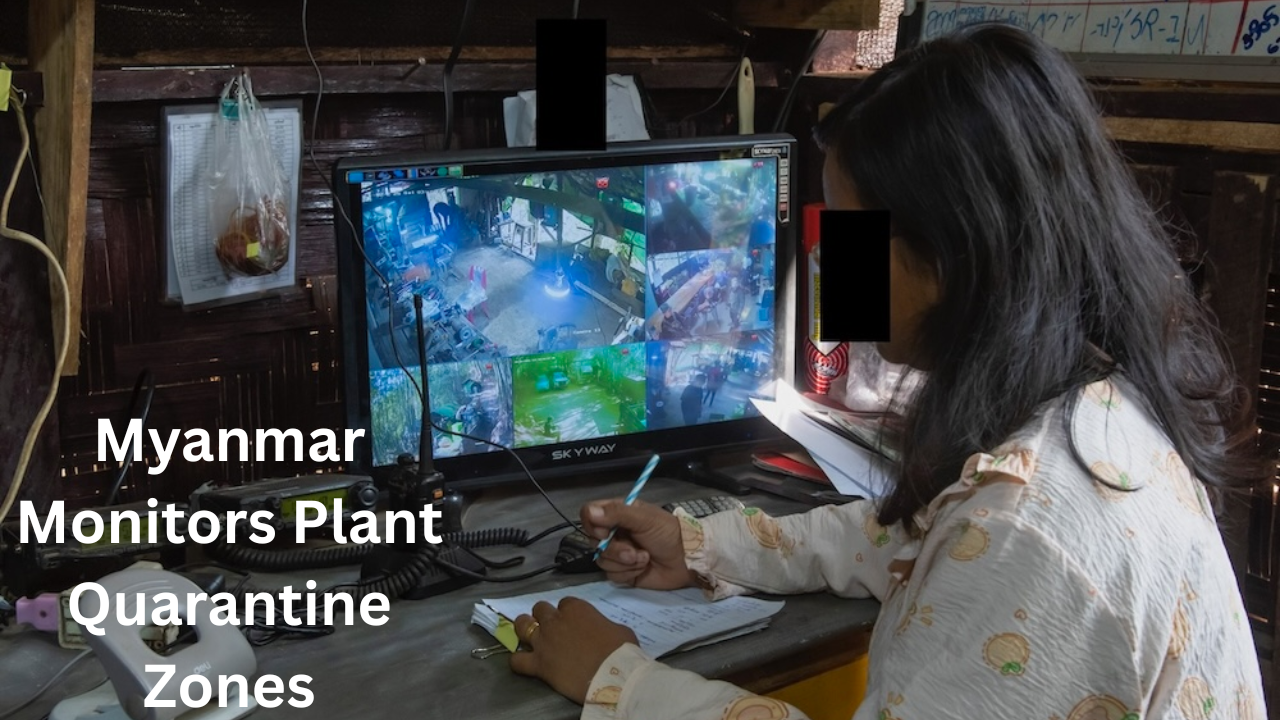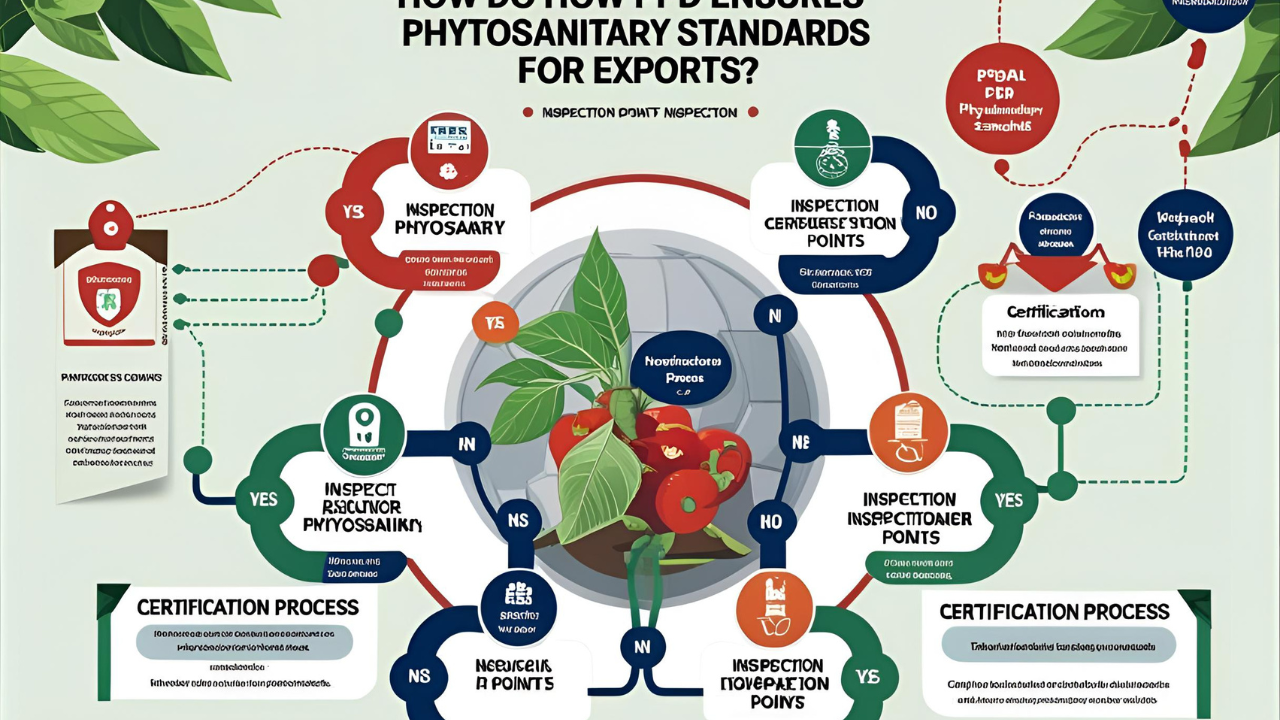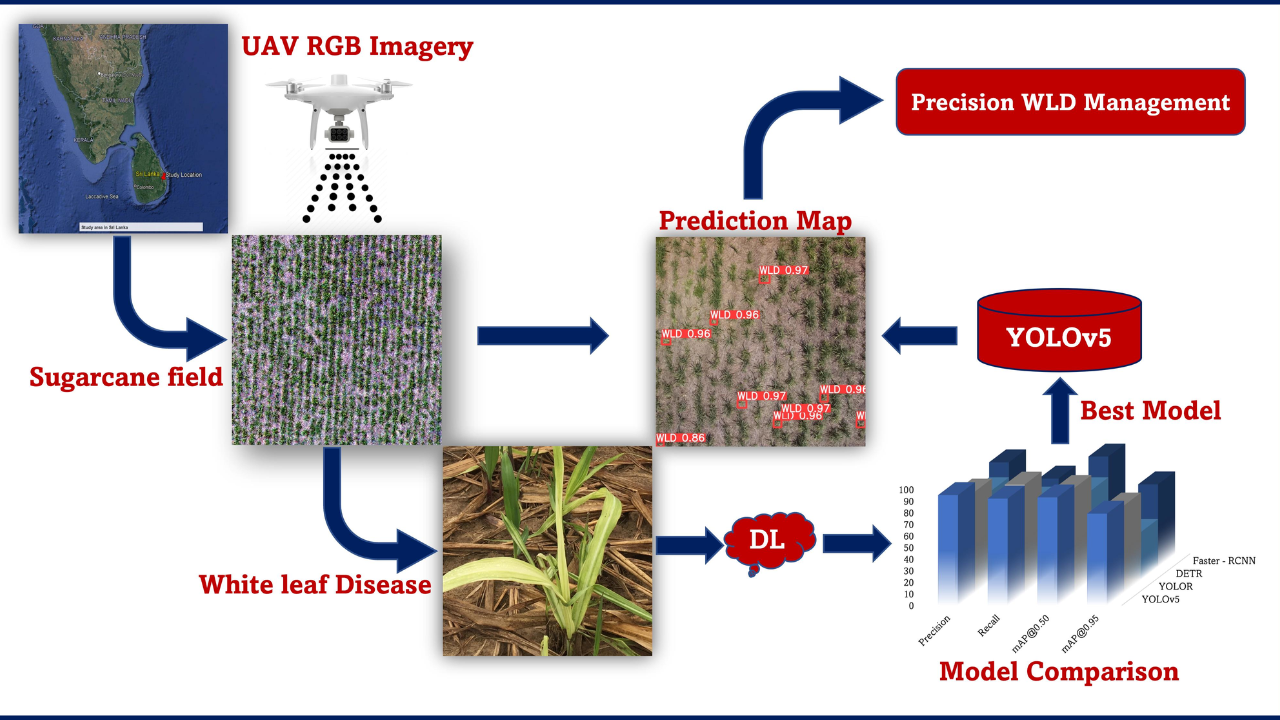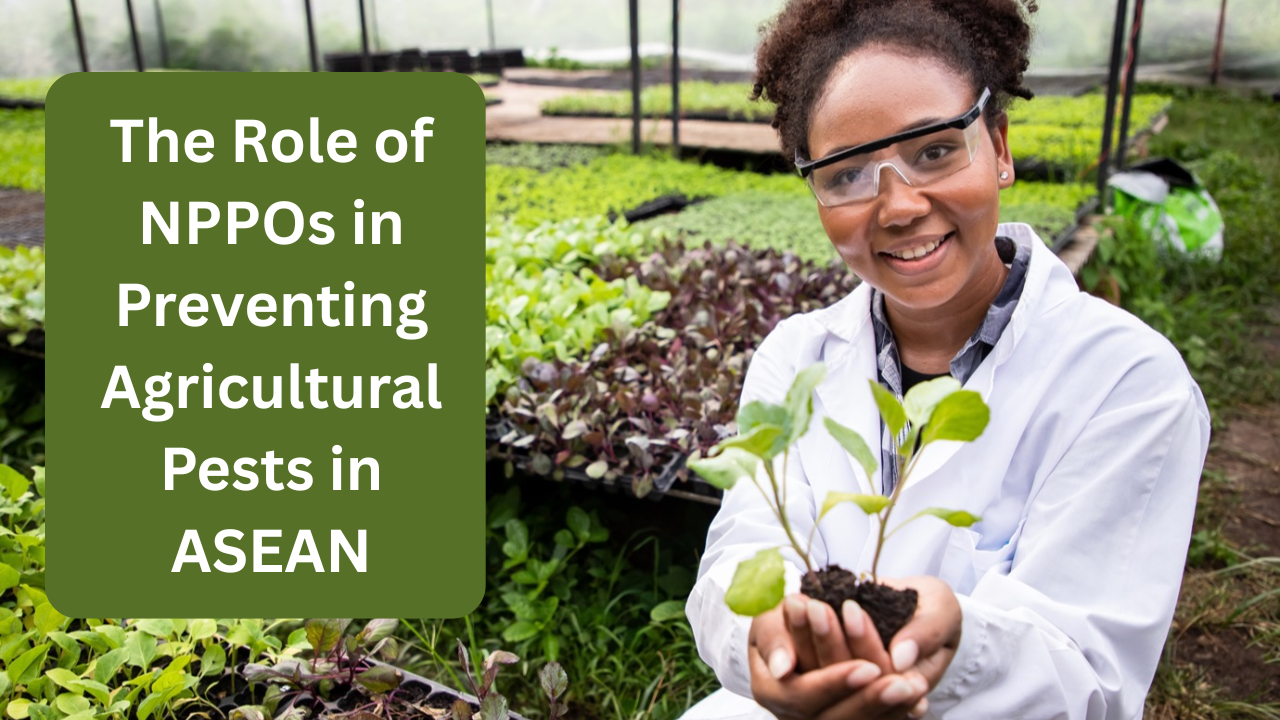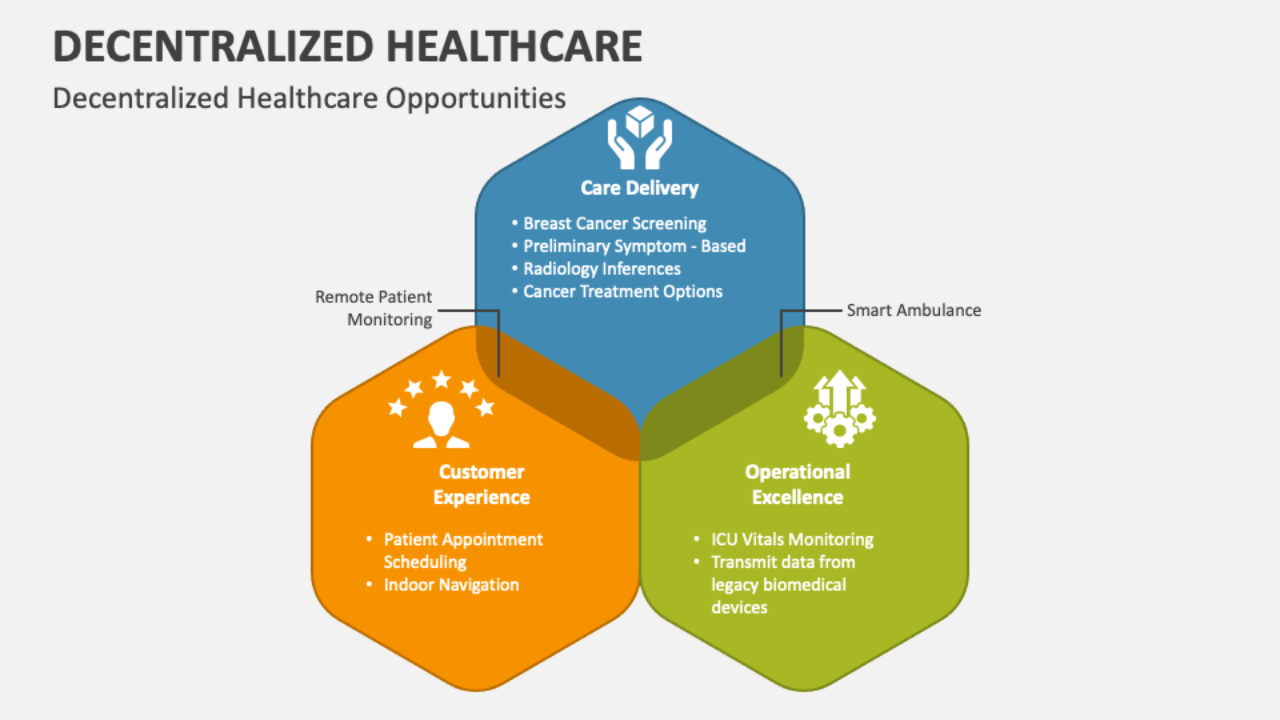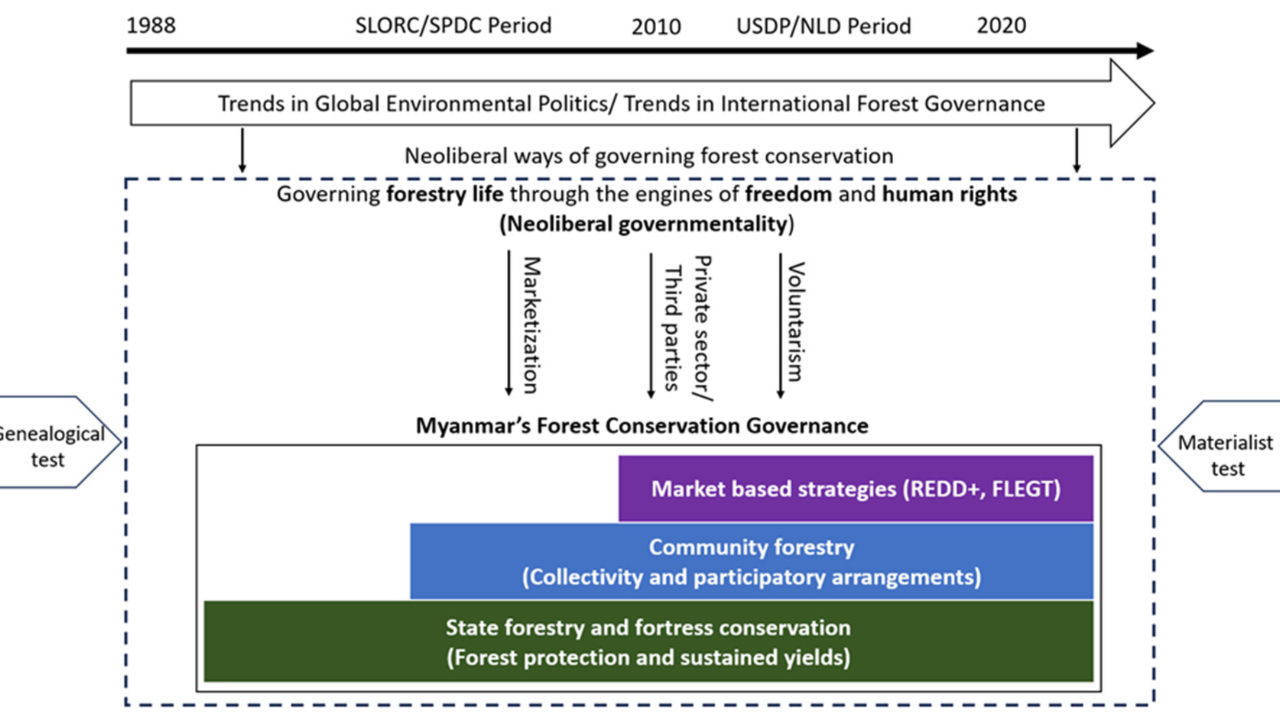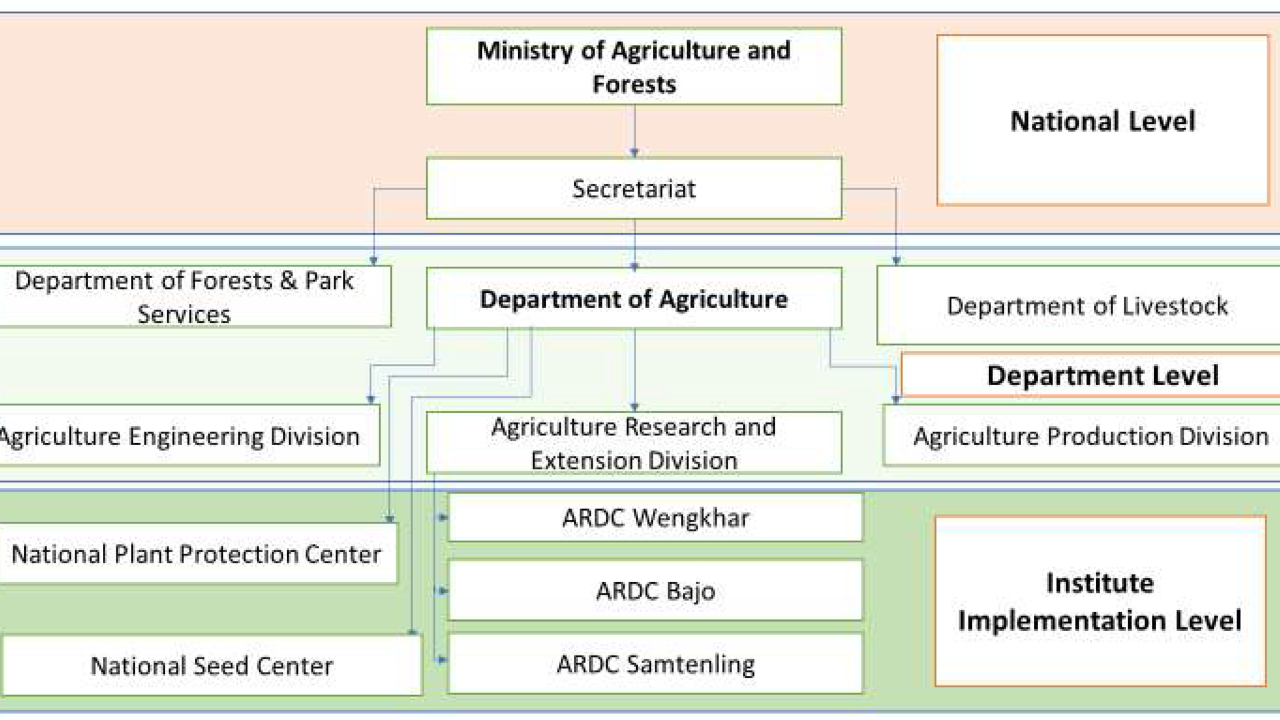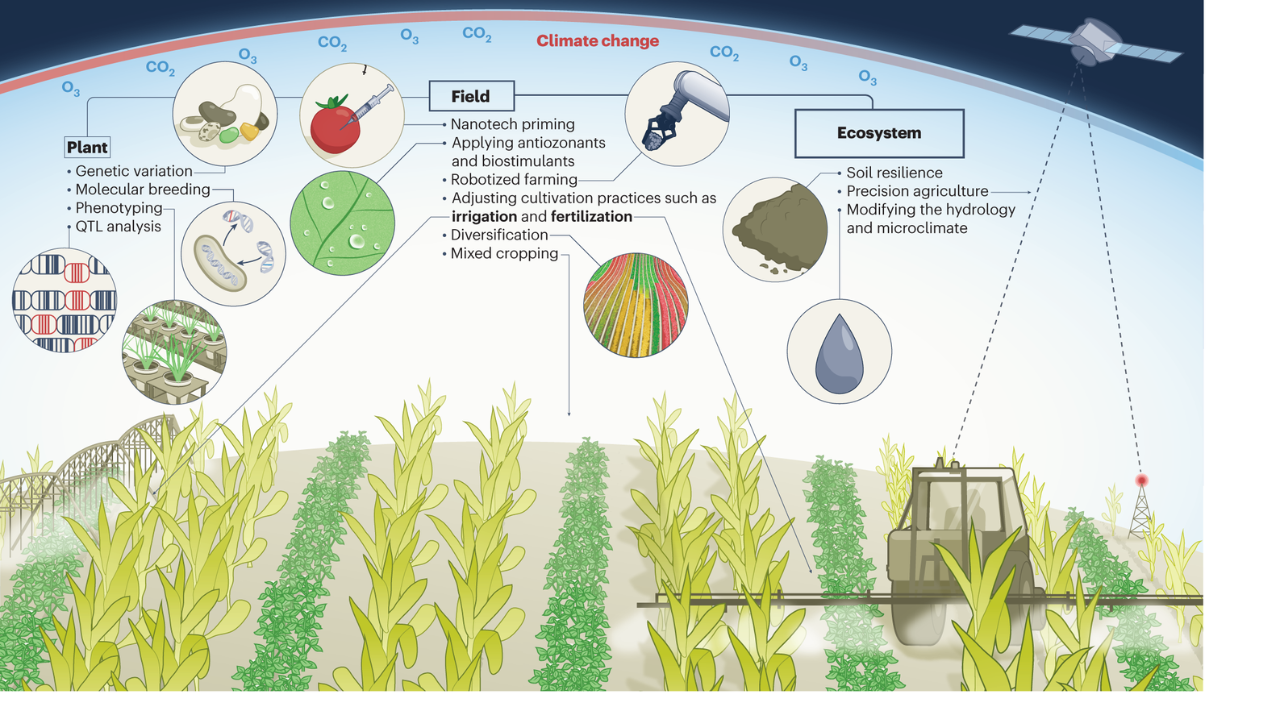Surveillance and Early Detection of Invasive Pests in Border Areas
Introduction The threat of invasive pests entering a country through border regions is one of the most serious biosecurity risks facing agriculture today. These pests can devastate crops, disrupt ecosystems, and cripple trade. Surveillance and early detection in border areas serve as the first line of defense to stop these biological invaders before they spread … Read more
